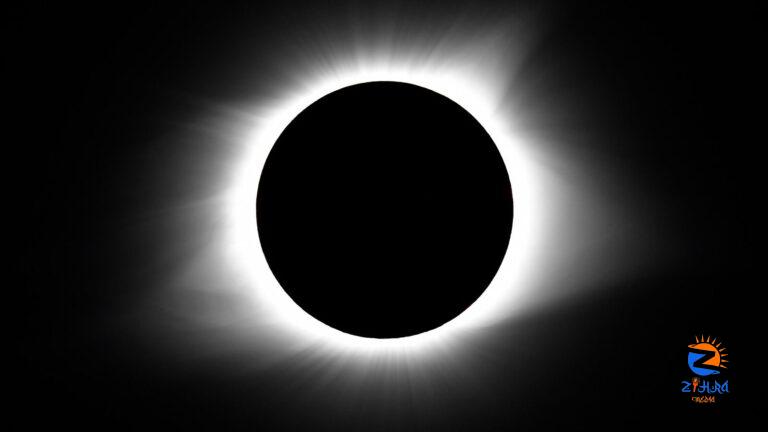
[ad_1]
A mesmerizing animation on Google marked the much-anticipated arrival of a total solar eclipse on Monday, April 8, as celestial enthusiasts around the world eagerly await this rare cosmic event. As users type “solar eclipse” into the search engine, a captivating pop-up depicting the eclipsed sun graces the screen before unveiling search results.
Total solar eclipses occur when the moon precisely aligns between the Earth and the sun, momentarily obscuring sunlight. Anticipation for this spectacle is palpable among nearly 32 million individuals across 15 states in the United States, with the eclipse poised to sweep into Canada within half an hour.
Spanning a path of totality stretching 185 kilometers, an additional 150 million people residing within 200 miles of the trajectory are also positioned to witness this celestial phenomenon. Even those beyond this range can catch a glimpse of the event, either through a partial eclipse or via a live webcast offered by NASA.
Leading up to the rare occurrence, communities across the US have organized festivals, viewing gatherings, and even a collective wedding along the eclipse’s path of totality. Numerous schools located within this trajectory will either close for the day or dismiss students early to facilitate eclipse viewing. Seizing the moment, several airlines have promoted special flights positioned to traverse beneath the eclipse, with Delta scheduling two dedicated trips along the path of totality.
With excitement mounting, residents in the southern and central US are hopeful for clear skies, with the prospect of rain clouds potentially dampening the spectacle. Notably, the next total solar eclipse observable from a significant portion of North America is not expected until 2044.
In parallel endeavors, NASA is set to launch a trio of sounding rockets to investigate changes prompted by the sudden darkness in the ionosphere, a crucial atmospheric layer vital for long-range radio communication. Simultaneously, India’s space probe Aditya L1, part of the Indian Space Research Organisation’s (ISRO) inaugural solar mission, is positioned to observe the sun during the eclipse. This mission aims to deepen understanding of the sun’s chromosphere and corona.
Solar eclipses, popularly referred to as ‘Surya Grahan,’ carry substantial significance for astronomers and science enthusiasts. This year’s total eclipse is anticipated to be especially captivating, featuring an extended duration, darker skies, and increased solar activity, according to a report by sciencenews.org.
According to NASA’s report, the eclipse will span a longer duration, feature broader path coverage, and may witness intensified solar activity, potentially allowing viewers to witness coronal mass ejections if they occur.
Unlock a world of Benefits! From insightful newsletters to real-time stock tracking, breaking news and a personalized newsfeed – it’s all here, just a click away! Login Now!
Download The Mint News App to get Daily Market Updates.
Published: 08 Apr 2024, 10:35 AM IST
[ad_2]